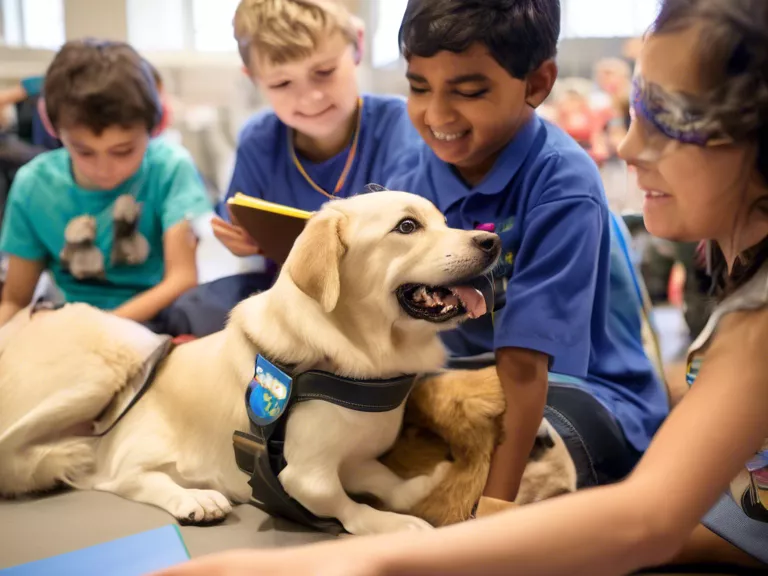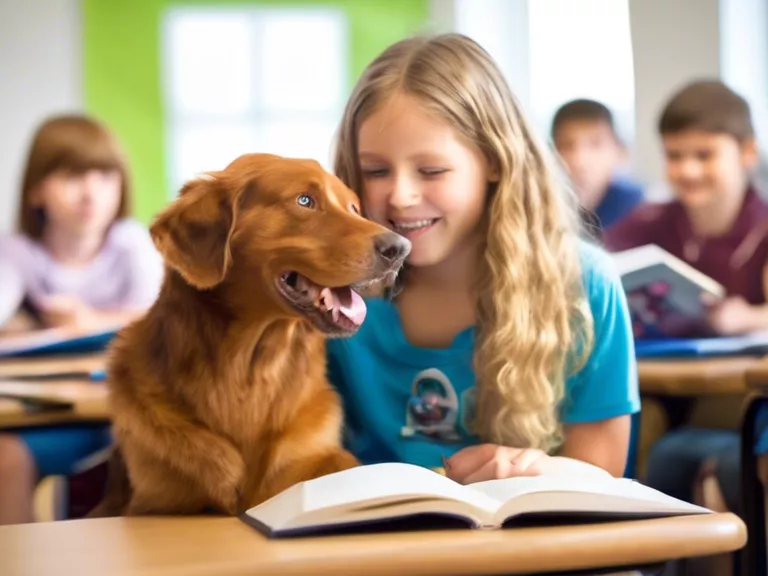
Introduction
Pets have long been recognized for their ability to bring joy, companionship, and comfort to our lives. However, recent research has shown that the benefits of having a pet extend beyond mere emotional support. In the realm of education, the impact of pets on learning has gained significant attention. This article explores the educational perspective of how pets can positively influence the learning process and academic outcomes.
Benefits of Pets in Educational Settings
Pets, such as dogs, cats, and even classroom pets like fish or hamsters, can offer a multitude of benefits in educational settings. Here are some key advantages:
1. Emotional Support and Stress Reduction
Interacting with pets has been shown to reduce stress, anxiety, and promote feelings of calmness. In an educational environment, this can be particularly beneficial for students facing academic pressures or social challenges. Having a pet around can create a comforting and supportive atmosphere that enhances emotional well-being.
2. Improved Social Skills and Empathy
Caring for a pet requires empathy, responsibility, and communication skills. By taking care of a pet, students can develop a sense of empathy and compassion towards others, including their peers. Pets can also serve as a conversation starter and help students build social connections with each other.
3. Enhanced Learning Opportunities
Incorporating pets into the curriculum can provide unique and engaging learning opportunities. For example, observing animal behavior, learning about different species, or studying the science behind pet care can enhance students' understanding of various subjects. Pets can also serve as motivators for students to engage in hands-on learning experiences.
Case Studies and Research Findings
Numerous studies have documented the positive effects of pets on learning outcomes. For example, a study published in the "Journal of Educational Psychology" found that students who interacted with therapy dogs showed improved reading fluency and comprehension skills. Similarly, research has shown that classroom pets can increase student engagement and motivation in learning activities.
Best Practices for Integrating Pets in Education
When incorporating pets into educational settings, it is essential to consider the following best practices:
- Ensure the well-being and safety of the pet.
- Establish clear guidelines and responsibilities for pet care.
- Integrate pet-related activities into the curriculum in a meaningful way.
- Seek input from students, parents, and school staff to ensure everyone is comfortable with having a pet in the classroom.
Conclusion
In conclusion, pets can play a valuable role in enhancing the educational experience for students. From providing emotional support to fostering empathy and enhancing learning opportunities, pets can have a positive impact on academic outcomes. By incorporating pets into educational settings thoughtfully and responsibly, educators can create a nurturing and enriching environment that promotes student well-being and academic success.

